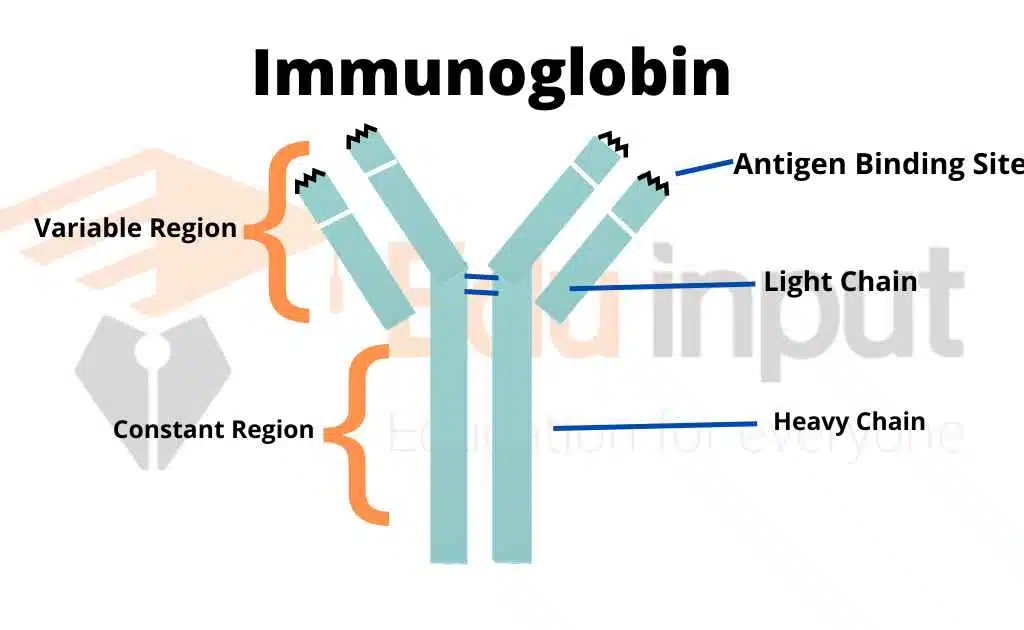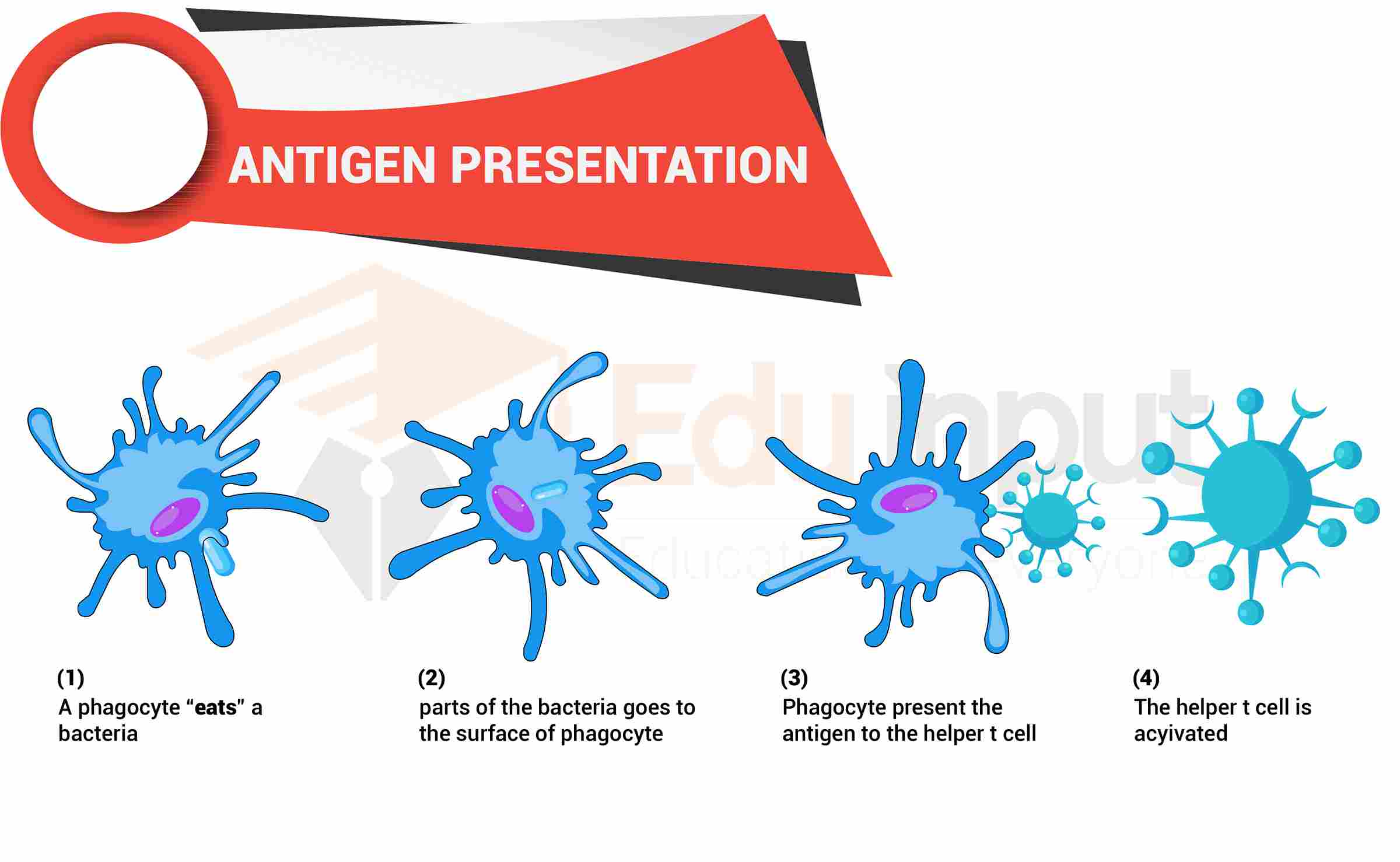What is Stomata?-Structure, Position, and Distribution of Stomata
The stomata are tiny holes found in leaves or other parts of plants through which water vapor enters the leaf and oxygen exits. These tiny openings allow the exchange of gases between the atmosphere and the interior of the leaf.
Structure Of Stomata
The stomata are the pathways through which transpiration and gaseous exchange take place. The stomata are elliptical pores in the epidermis of plants. They occur mostly on the undersurface of leaves.
Guard cells
A stoma is bordered by two guard cells. The guard cells are specialized epidermal cells. The guard cells are smaller in size than the other epidermal cells. They are kidney-shaped in surface view. But they are clongate in gamily Gramineae. In some species of grasses, the epidermal cells adjacent to the guard cells are different in shape and size from the other epidermal cells. These are known as subsidiary cells or accessory cells. Guard cells have some specific features.
- The guard cells are modified epidermal cells. But they are different shapes, contents, and metabolism. They contain mitochondria. peroxisomes and endoplasmic reticulum.
- They also contain chloroplast./Chloroplasts are absent in all other epidermal cells.
- The starch grains present in guard cells decrease during the daytime. But increase during the night. On the other hand, starch accumulates during the day and is consumed during the night in the other epidermal cells of the leaf.
- The inner wall of the guard cells surrounding the pore is thick. But its outer wall is thin.
Size And Number Of Stomata
The size of the stomatal aperture varies from 7 x 3μ to 38 x 8μ. But these variations occur in different species. Sometimes, their size is different in the different leaves of the same plant and the same leaf at different points.
The number of stomata varies from 50 and 300 per square mm. But their total area does not exceed 1 to 2% of the entire surface.
Position And Distribution Of Stomata
There are different categories of plants for the position of stomata;
(i) Apple and Mulberry Types: These have stomata only the under the surface of the leaf. Its examples are peach walnut oak, apple, and mulberry.
(ii) Potato Type: In this case, the stomata are more numerous on the under side than on the upper surface of the leaf. An example is a cabbage and bean. pea and tomato.
(iii) Oat Type: Stomata are more or less equally distributed on the two surfaces. Most of the cereals like wheat and maize belong to this category.
(iv) Water Lily Type: These have stomata only on the upper surface of the leaf. Aquatic plants with floating leaves belong to this category.
(v) Potamogeton Type: In this case, stomata are altogether absent. If they are present, they are functionless and vestigial. Most of the submerged aquatic plants belong to this category.





Leave a Reply